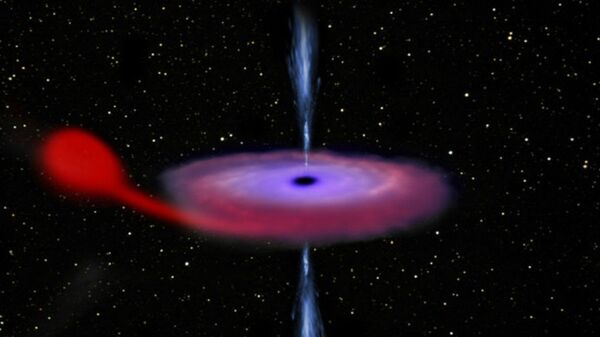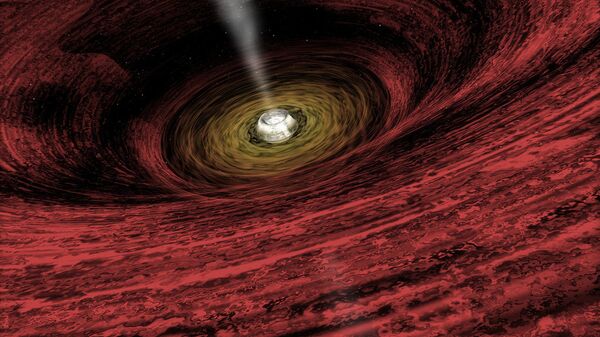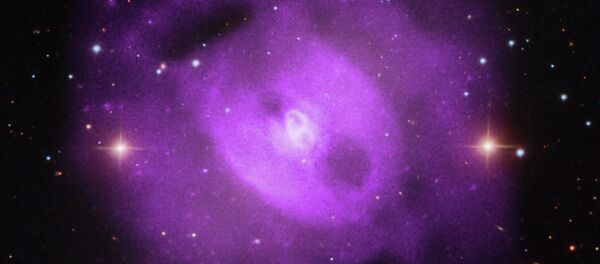V404 Cygni, a system in the Milky Way galaxy comprised of a black hole and a star orbiting each other, has again started emitting X-rays and gamma rays after a 26-year sleep, ESA reported.

Erik Kuulkers, a project scientist at ESA, explained that "the behavior of this source is extraordinary at the moment, with repeated bright flashes of light on time scales shorter than an hour, something rarely seen in other black hole systems."
"In these moments, it becomes the brightest object in the X-ray sky — up to fifty times brighter than the Crab Nebula, normally one of the brightest sources in the high-energy sky," he said.
The V404 Cygni system is located almost 8,000 light years away in the Cygnus (Swan) constellation of the Milky Way. The black hole’s sudden awakening activity was first spotted by the Burst Alert Telescope on board NASA's Swift satellite on June 15.
The gamma ray burst from the black hole was automatically detected by Swift’s X-ray optics, something that was also tracked by MAXI (Monitor of All-sky X-ray Image), a sensor on the Kibo Japanese Experiment Module of the International Space Station.
ESA said that in the past few weeks astronomers have observed an "exceptional outburst of high-energy light" as the black hole continued devouring the material of its stellar companions.
Given that this black hole system has not been so bright and active since 1989, the astronomers' community "couldn't be more thrilled," according to Kuulkers, who touted the detection of the black hole's activity as "definitely a once in a professional lifetime opportunity."


